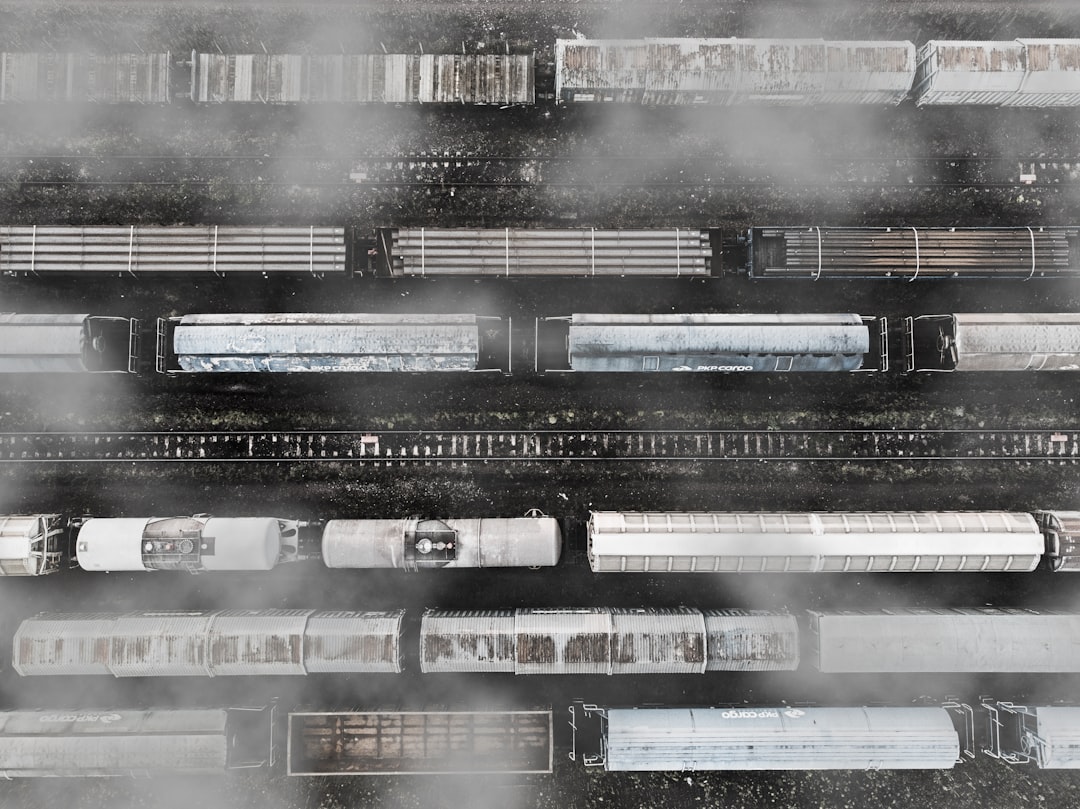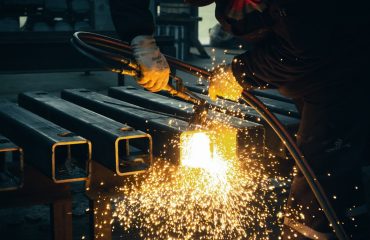Stainless steel, a ubiquitous material in countless applications, encompasses a vast array of grades, each with unique properties. Two of the most common types are ferritic and austenitic stainless steels. While both offer corrosion resistance, their distinct microstructures lead to significant differences in their mechanical properties, weldability, and suitability for specific applications. This detailed comparison will illuminate the key distinctions between these two important steel families.
1. Crystalline Structure: The Foundation of Different Properties
The fundamental difference between ferritic and austenitic stainless steel lies in their crystalline structure, or microstructure. Ferritic stainless steels possess a body-centered cubic (BCC) crystal structure at room temperature. This structure is characterized by a relatively simple arrangement of atoms, leading to certain properties. Austenitic stainless steels, on the other hand, exhibit a face-centered cubic (FCC) structure. This FCC structure is more densely packed than BCC, resulting in a different set of material characteristics.
The BCC structure of ferritic steel contributes to its higher strength and hardness compared to austenitic steel at room temperature. However, this structure also limits its ductility and formability. The FCC structure of austenitic steel, with its close-packed arrangement, provides excellent ductility, formability, and toughness, making it suitable for applications requiring complex shapes and high impact resistance.
2. Chemical Composition: The Ingredients that Define Performance
The chemical composition of each steel type significantly influences its properties. Ferritic stainless steels are primarily iron-chromium alloys, with chromium content typically ranging from 10.5% to 27%. They usually contain low carbon content (less than 0.1%) to maintain their ferritic structure. Molybdenum can be added to enhance corrosion resistance in specific environments.
Austenitic stainless steels are characterized by the addition of nickel to the iron-chromium base. Nickel stabilizes the austenitic (FCC) structure at room temperature, even at higher carbon contents. Typical chromium content ranges from 16% to 26%, and nickel content ranges from 6% to 22%. Other alloying elements like manganese, nitrogen, and molybdenum can be added to tailor the properties for specific applications.
3. Mechanical Properties: Strength, Ductility, and Weldability
The differences in microstructure translate directly into differences in mechanical properties. Ferritic stainless steels generally exhibit higher yield strength and tensile strength than austenitic stainless steels but have lower ductility and elongation. This makes them more resistant to deformation but less forgiving during forming processes. Their weldability is also more challenging, often requiring specialized techniques to avoid cracking.
Austenitic stainless steels, thanks to their FCC structure, possess superior ductility, toughness, and elongation. They can be easily formed, drawn, and stamped into complex shapes. Their weldability is generally excellent, making them suitable for a wider range of fabrication techniques. However, they exhibit lower strength compared to ferritic steels.
4. Corrosion Resistance: The Hallmark of Stainless Steel
Both ferritic and austenitic stainless steels offer excellent corrosion resistance due to the presence of chromium, which forms a passive chromium oxide layer on the surface, protecting the underlying metal from oxidation and corrosion. However, the level and type of corrosion resistance can vary. Ferritic grades generally exhibit good resistance to atmospheric corrosion and many chemicals but may be susceptible to pitting and crevice corrosion in certain environments.
Austenitic stainless steels generally offer superior corrosion resistance across a broader range of environments, including those with high chloride concentrations. Their superior ductility and formability also contribute to their better resistance to stress corrosion cracking. However, they can be susceptible to sensitization, a phenomenon that reduces corrosion resistance in certain heat treatment conditions.
5. Applications: Where Each Steel Type Shines
The distinct properties of ferritic and austenitic stainless steels dictate their suitability for different applications. Ferritic stainless steels are commonly used in automotive exhaust systems, appliances, and architectural cladding due to their high strength and good corrosion resistance. Their lower cost compared to austenitic grades also makes them attractive for certain applications.
Austenitic stainless steels find widespread use in food processing equipment, chemical plants, medical devices, and cryogenic applications due to their exceptional corrosion resistance, ductility, and weldability. Their ability to withstand harsh environments and complex forming processes makes them ideal for these demanding applications. Examples include surgical instruments, pressure vessels, and pipelines.
In conclusion, the choice between ferritic and austenitic stainless steel depends heavily on the specific requirements of the application. Understanding the differences in their microstructure, chemical composition, mechanical properties, corrosion resistance, and typical applications is crucial for making informed material selection decisions.
SEO Tags:
- Ferritic Stainless Steel
- Austenitic Stainless Steel
- Stainless Steel Comparison
- Steel Properties
- Material Selection Guide




